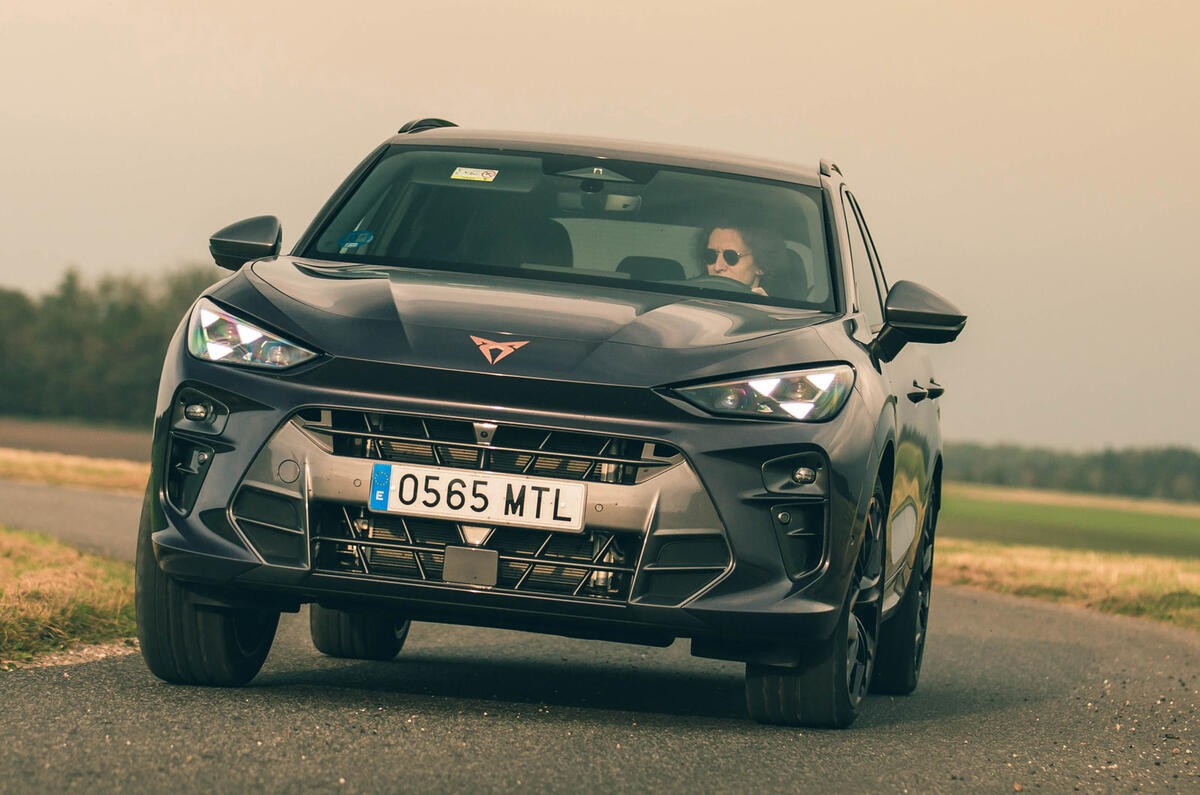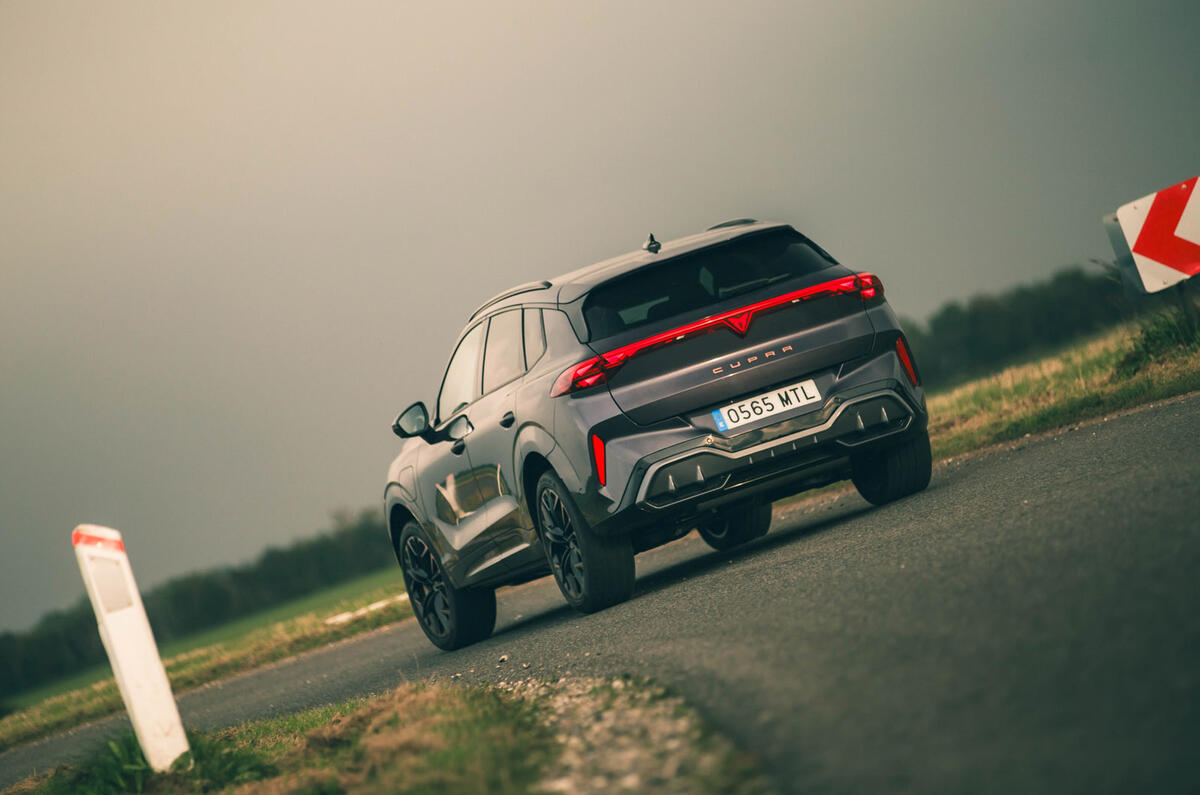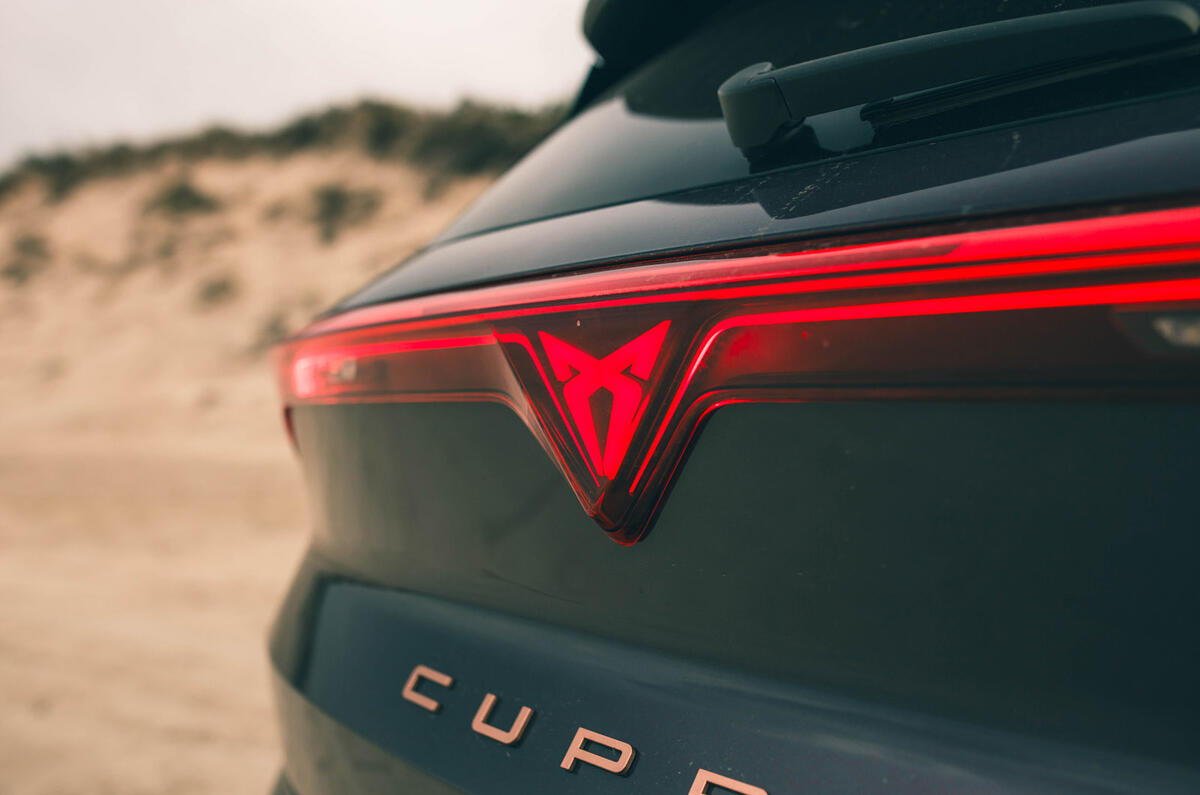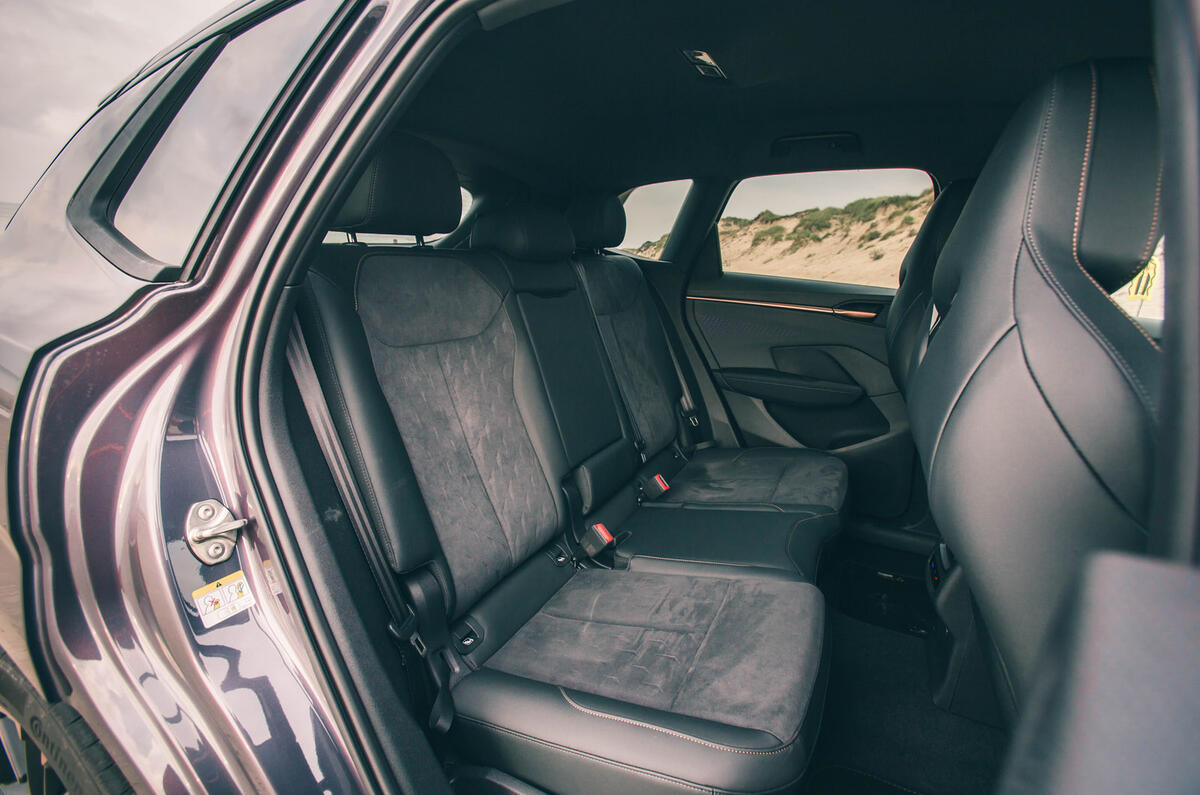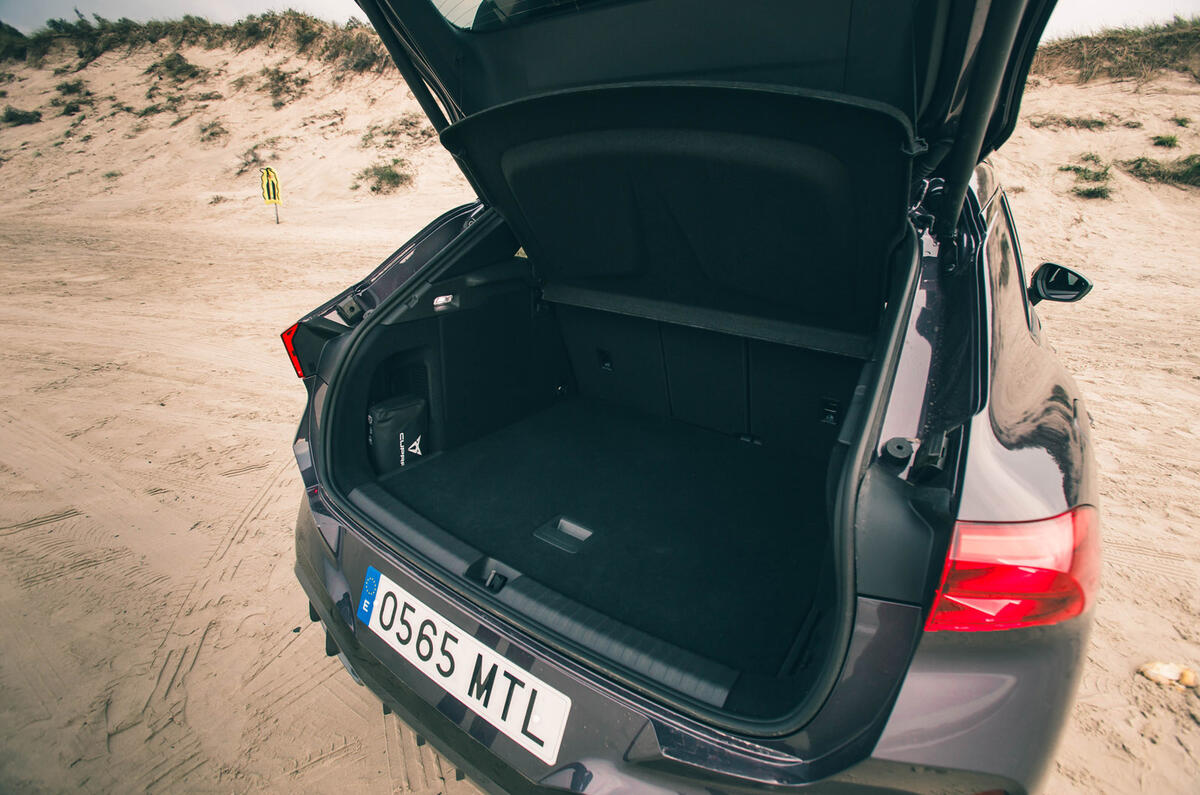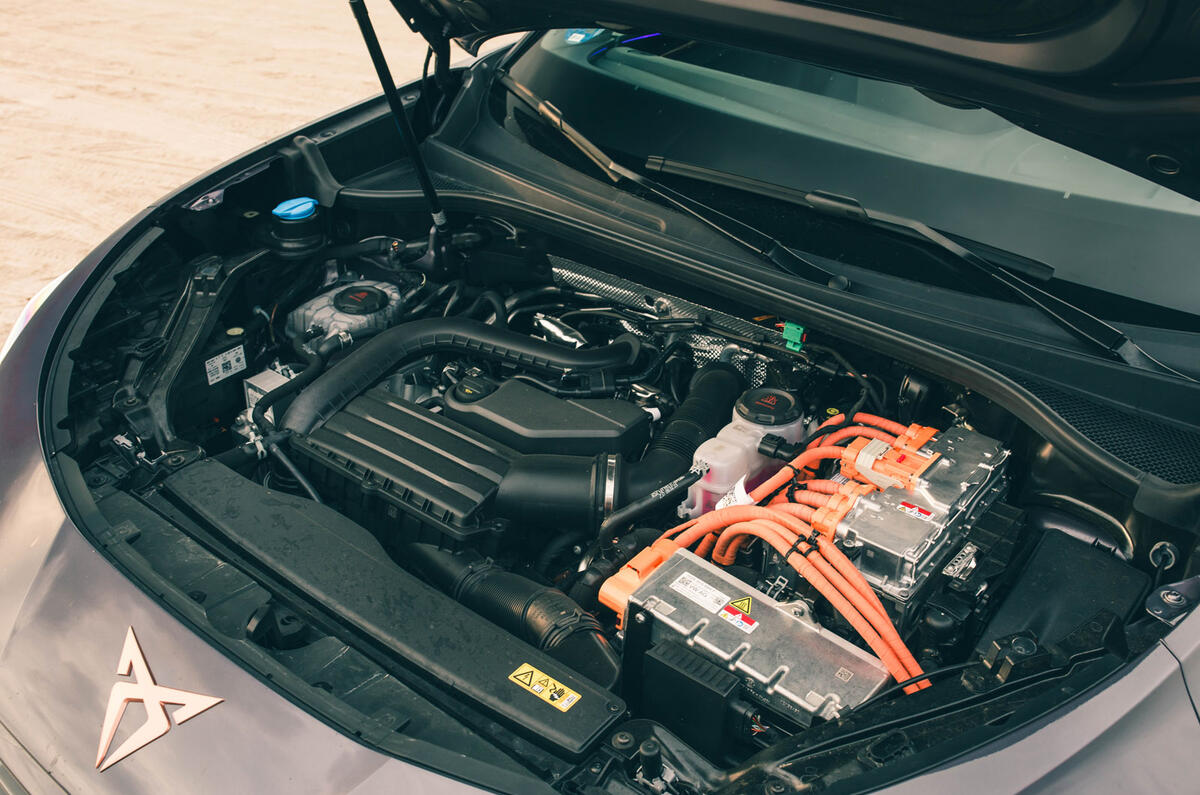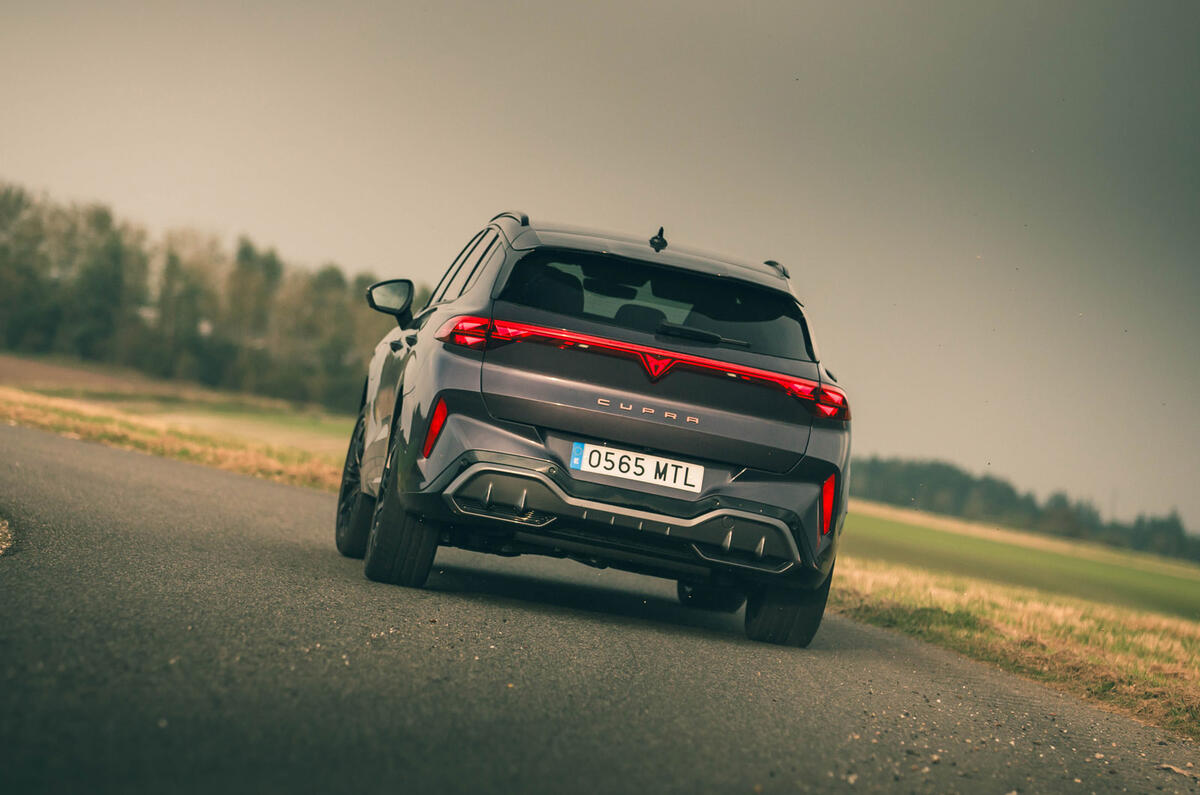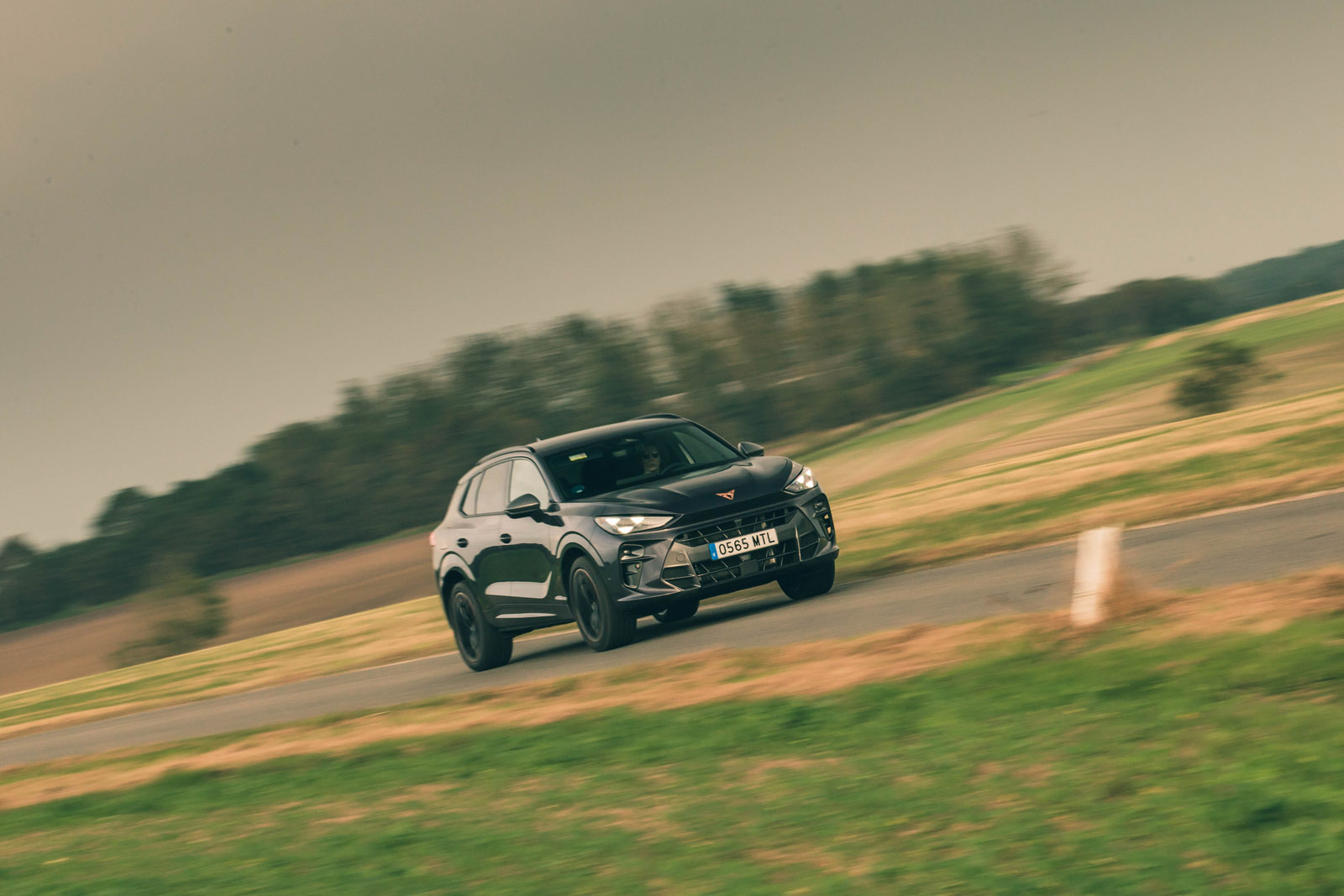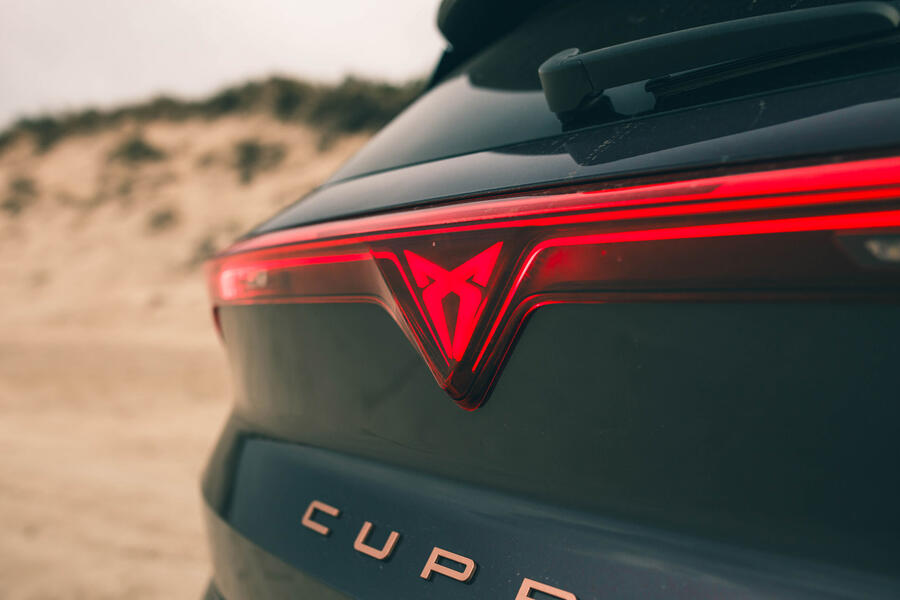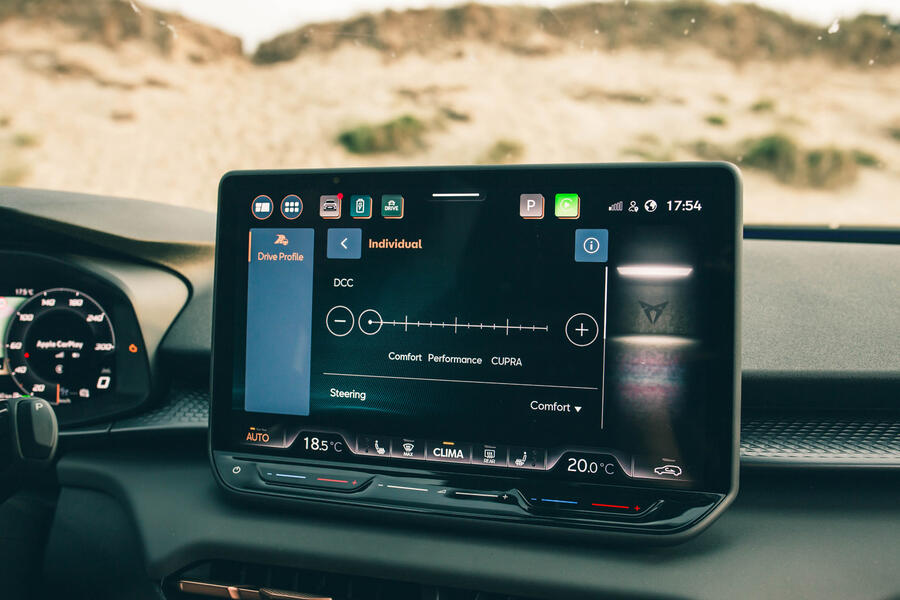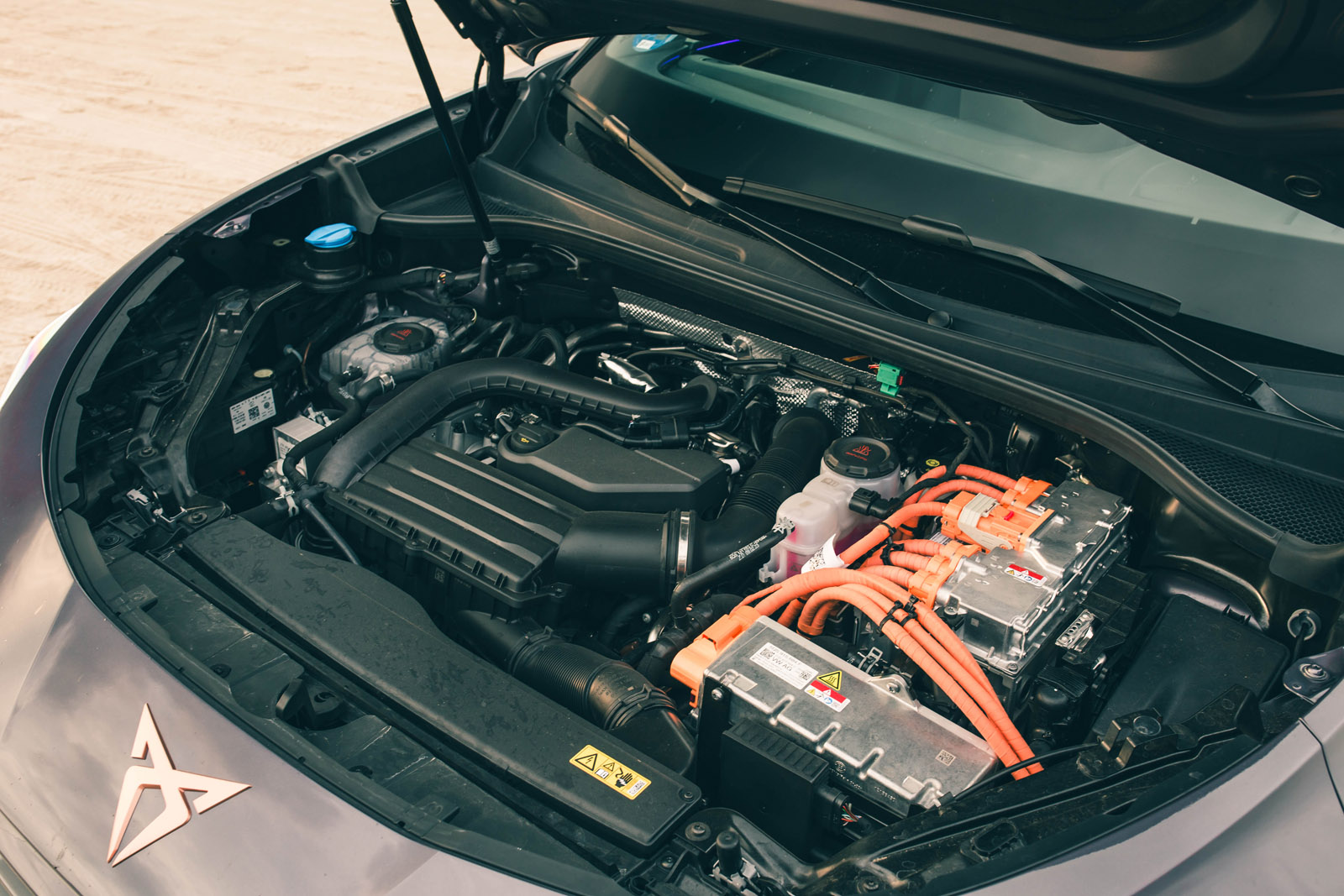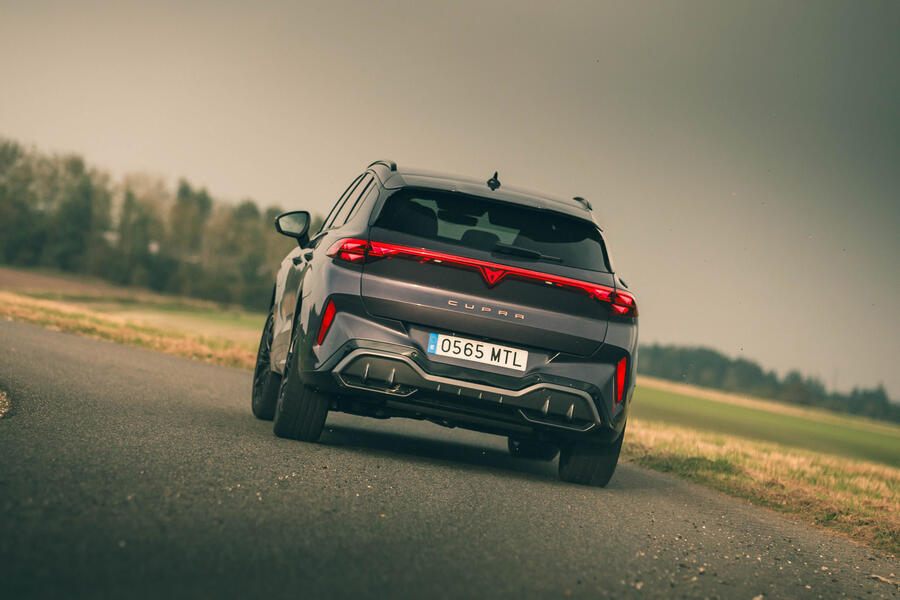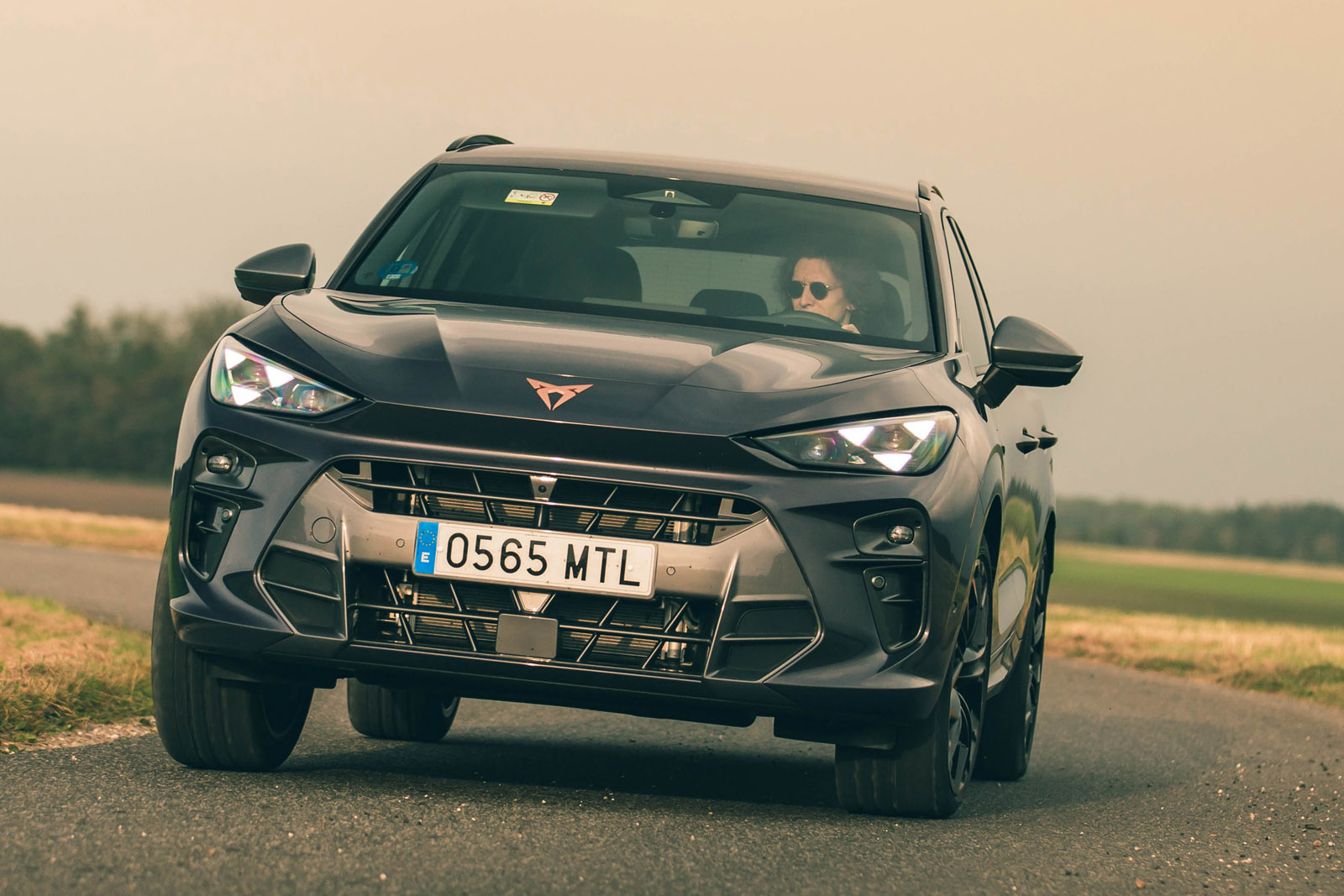Cupra tries to profile itself as the sporty brand of the VW Group. It has managed that fairly well with the Cupra Born but it's much harder to do with a front-wheel-drive hybrid crossover, as the Terramar demonstrates. So far, we've driven both VZ versions – the 262bhp 2.0-litre petrol and the 268bhp plug-in hybrid, and they alter the character of the Terramar quite noticeably.
The PHEV really struggles to cash the sporty cheques that Cupra's marketing is writing. A power output of 268bhp would lead you to expect a quicker 0-62mph time than 7.3sec. Then again, it’s not exactly slow. Worse, though, is its character, which runs Toyota’s hybrids close for sucking out the remaining whisper of fun.
There’s a plethora of drive modes and a Sport mode for the gearbox and shifter paddles but, in the end, the car will ignore them and decide to do what it reckons is right. That might be to shut off the engine when you’re braking into a corner, or to loudly fire it up when you think you’re accelerating gently enough on electric power. It just keeps you at arm’s length from what the car is doing, making you very disinclined to drive this supposedly sporty car anything other than gently.
It's a different story with the 262bhp 2.0 TSI. It's same engine as in a VW Golf GTI, albeit coupled to a four-wheel drive system in the Terramar. While it's not the most charismatic engine, and it relies on digital augmentation to sound good, it certainly gets the job done. Unlike the hybrid, it delivers its power in a predictable, linear way, with very little turbo lag.
It is worth noting that the Terramar is down on power compared to the BMW X1 M35i, Mercedes-AMG GLA 35 and Mini Countryman JCW, which are all in the 300bhp range. Does that matter when it does 0-62mph in a brisk 5.9sec? It's a personal preference whether those bragging rights are important to you, but they will be for some buyers.
The seven-speed dual-clutch gearbox can be a little clunky when you surprise it with a sudden stab of the throttle, but goes about its business smoothly and efficiently most of the time.



